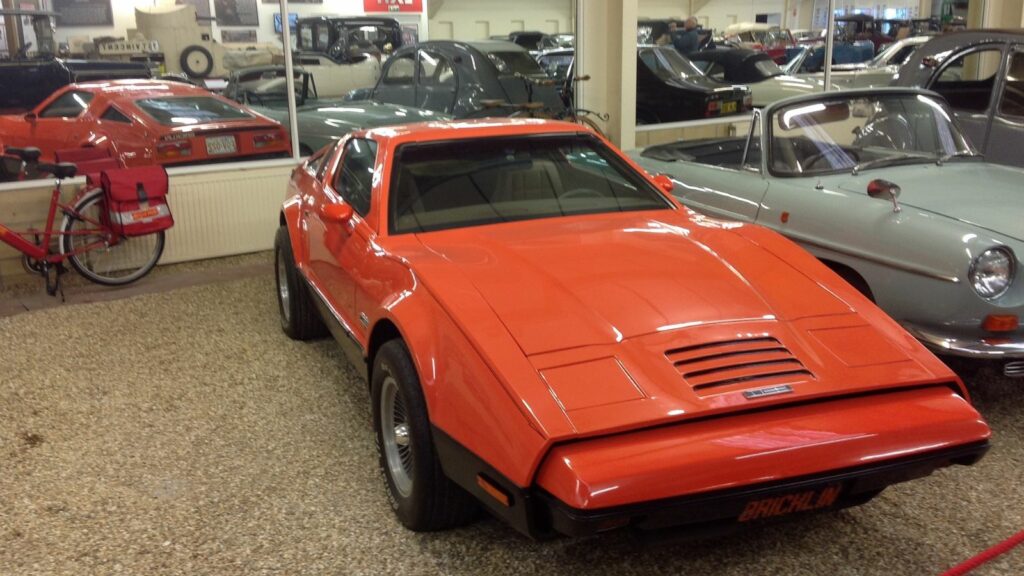The 1960s and 1970s gave us some of the most iconic cars of all time, but it was also an era of experimentation. Automakers were throwing ideas at the wall—wild styling, unusual proportions, and sometimes outright strange decisions. While some cars from this period are beloved today, others left enthusiasts scratching their heads. Here are twelve cars from the ‘60s and ‘70s that stand out for their questionable design choices, along with the stories behind them.
AMC Gremlin (1970–1978)
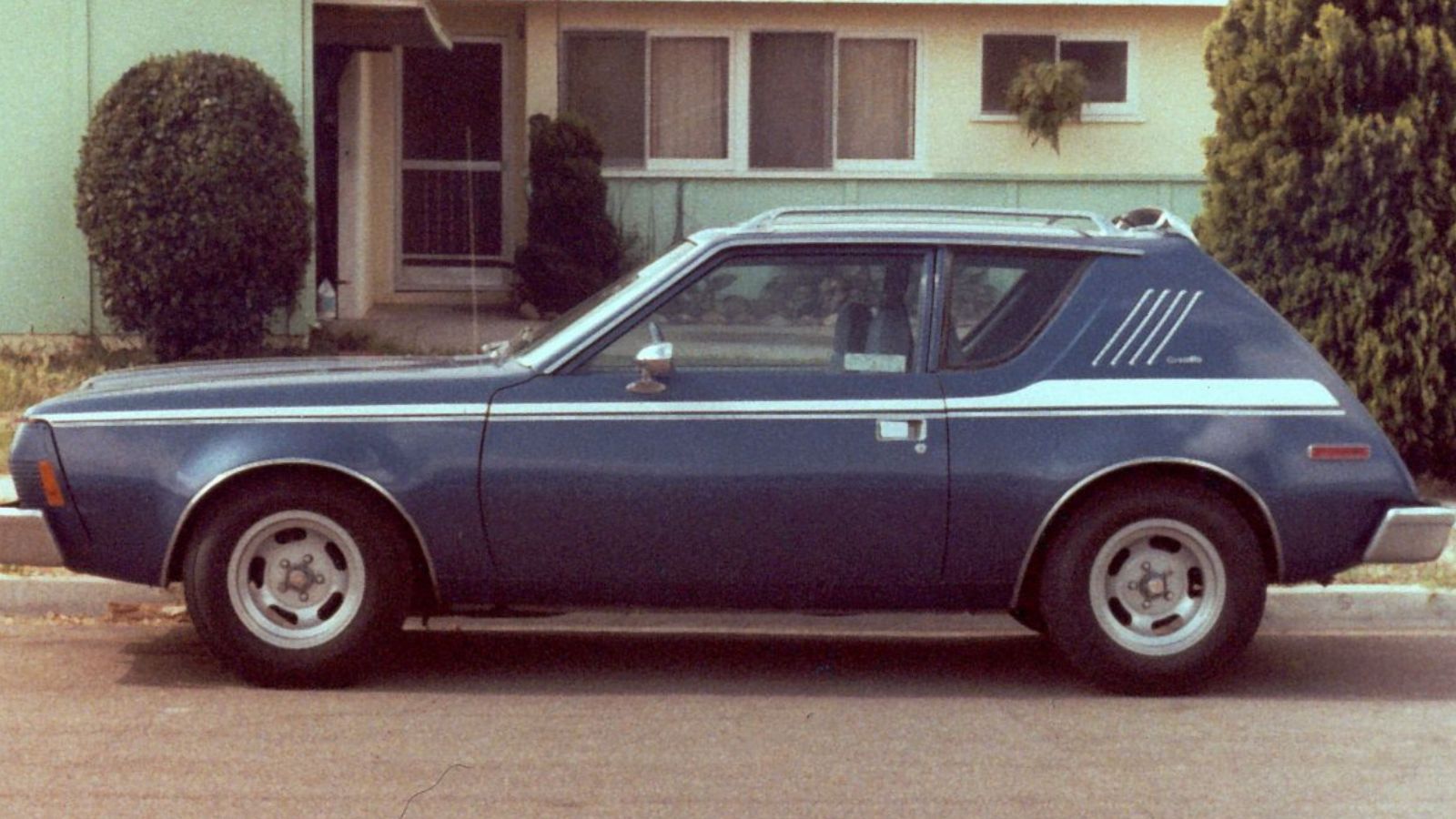
AMC wanted to beat Ford and GM to the compact car punch, and the Gremlin was the result. Rather than develop a completely new car, AMC shortened the Hornet platform and simply chopped the rear. The execution made it look like someone had pressed “pause” mid-production. Despite its looks, the Gremlin actually sold in decent numbers, with buyers drawn to its affordability and economy. Today, some see its stubby design as quirky charm, but most still agree it was far from pretty.
Pontiac Grand Am (1973–1975)
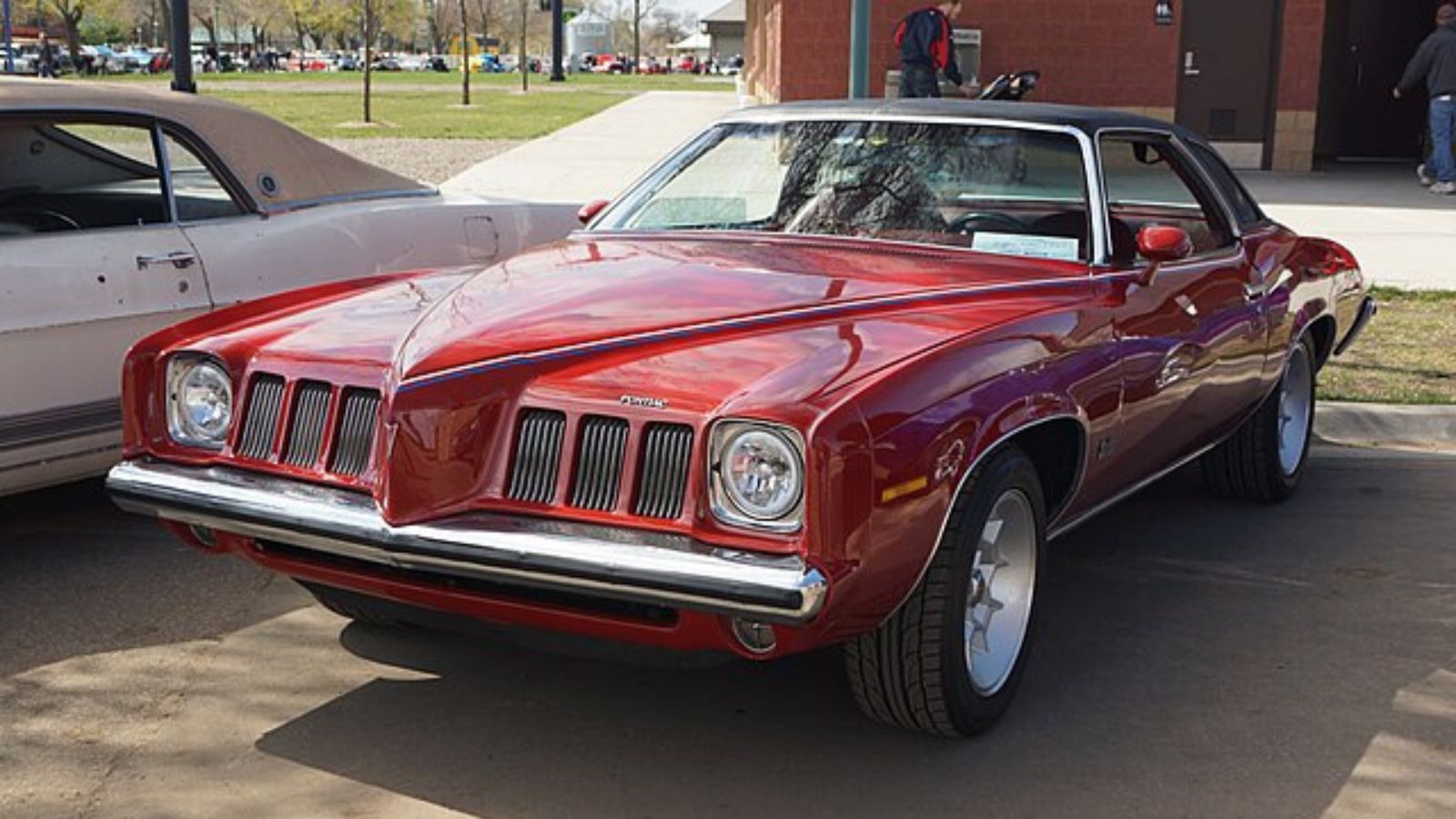
The first generation Grand Am was hyped as a blend of European sophistication and American muscle. Instead, it delivered a mix of awkward styling cues that did not mesh well. The stretched nose with Pontiac’s split grille looked heavy, and the chunky bumpers—mandated by safety regulations—only made it worse. At the time, critics called it overstyled, and buyers were not entirely convinced either. Today it serves as a reminder of how hard Detroit struggled to balance regulation with design flair in the mid-70s.
Ford Pinto (1971–1980)

The Pinto was Ford’s answer to small imports, but its design was underwhelming. Boxy and plain, it lacked the sleekness of European rivals like the Volkswagen Beetle or Japanese offerings from Toyota. Worse, the infamous exploding gas tank scandal overshadowed any positive qualities. Even though millions were sold, the Pinto became a punchline for both its looks and its dangerous flaw. In hindsight, it represents how quickly automakers rushed cars to market in the 70s, sometimes at the expense of design and safety.
AMC Pacer (1975–1980)
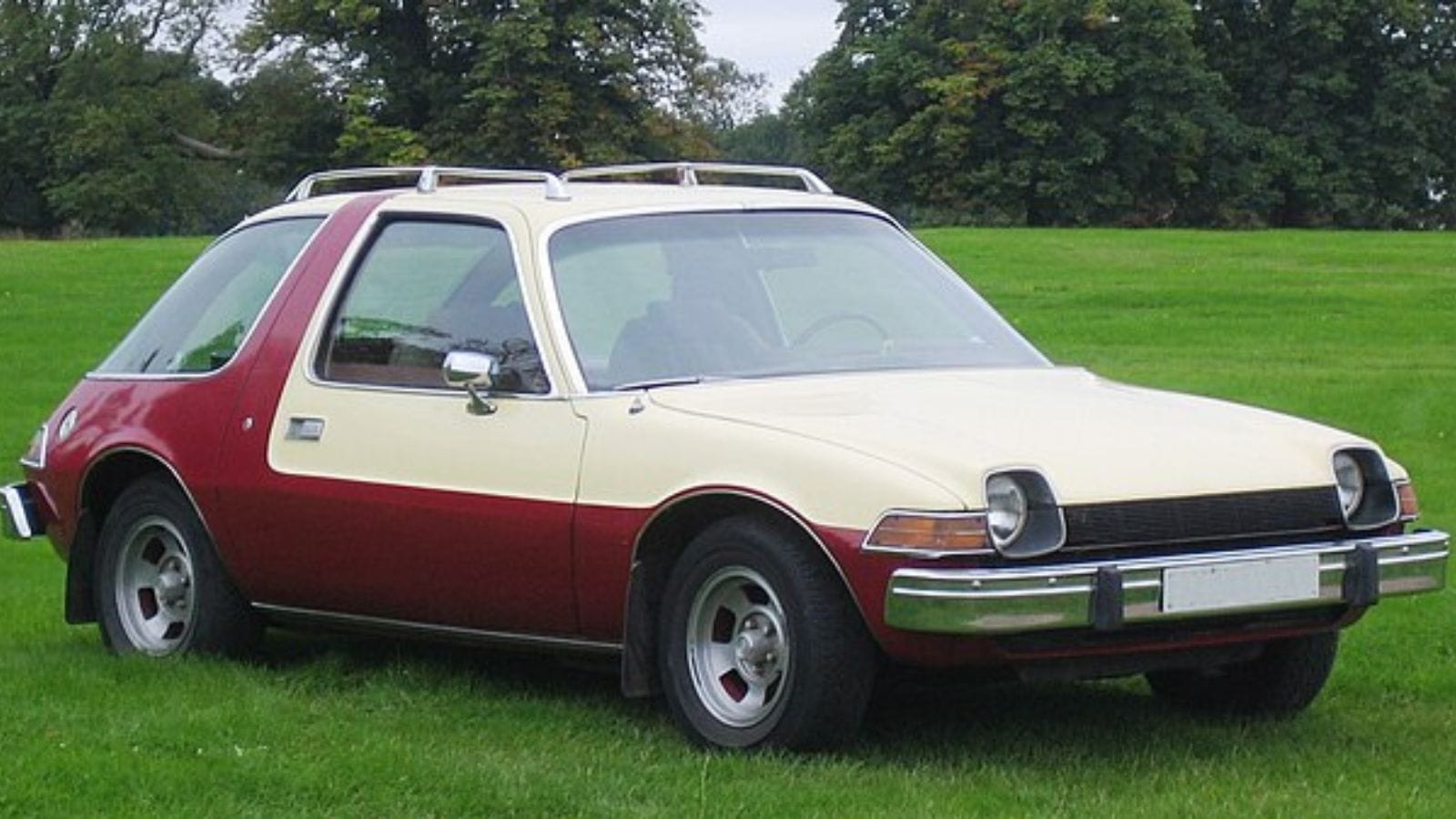
AMC’s Pacer was meant to be futuristic, with its wide body and massive glass panels. Instead, it earned nicknames like “the fishbowl.” Designers were trying to stand out in a crowded market, but the odd proportions left people divided. Some drivers appreciated its visibility and space, while others thought it looked cartoonish. In recent years, it has gained cult status thanks to appearances in pop culture, but back in the day, many buyers simply found it too weird to take seriously.
Dodge Charger Daytona (1969)
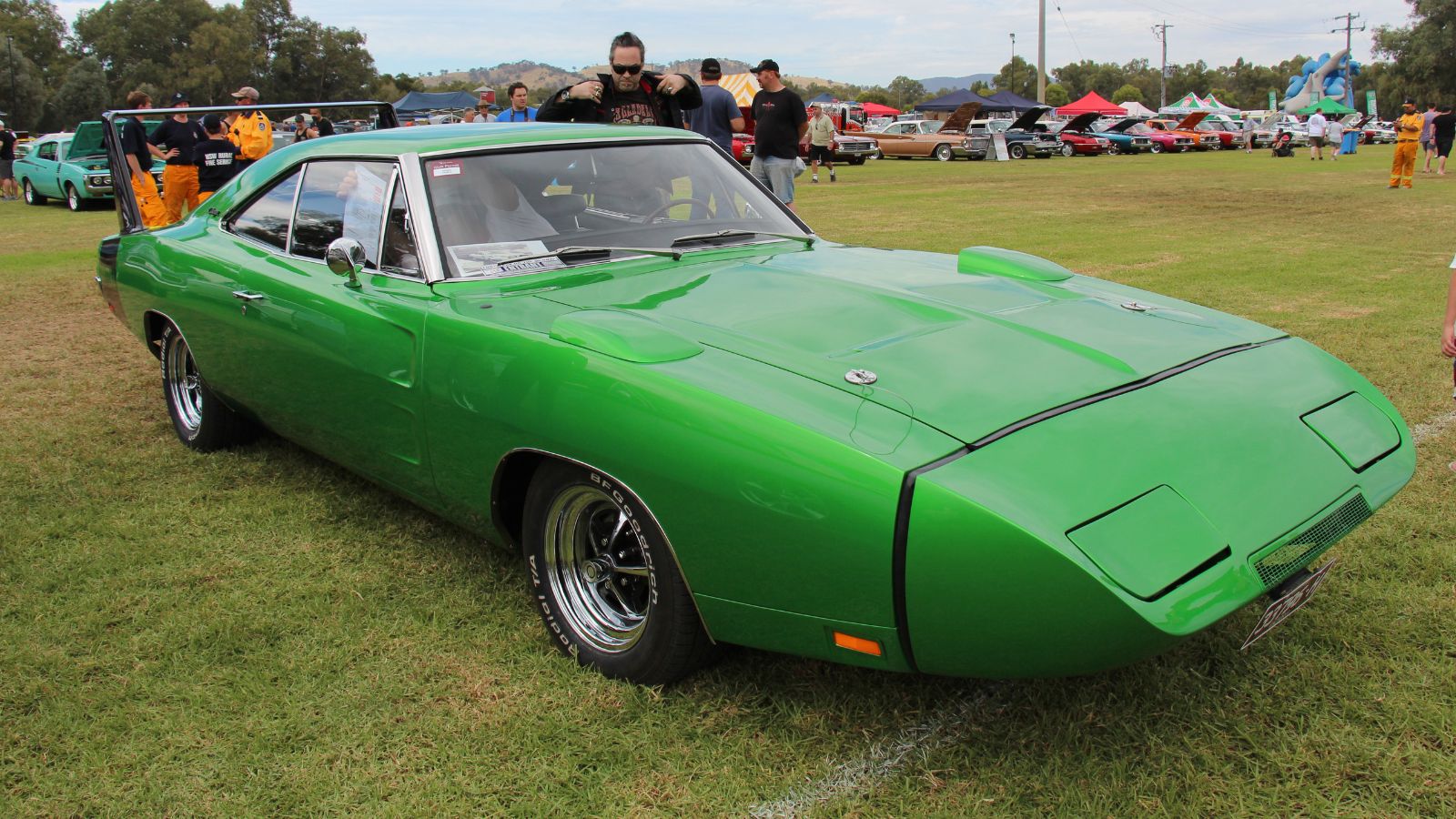
The Daytona was built for one thing: winning in NASCAR. With its massive rear wing and aerodynamic nose cone, it did just that. On the street, though, its outlandish styling left many scratching their heads. The wing towered above the roofline, looking more race car than road car. While collectors now pay six figures for these rarities, back in 1969 many sat unsold on dealer lots. Some owners even asked for the nose cone and wing to be removed, proof that not everyone was ready for racing tech on their daily driver.
Chevrolet Corvette Stingray C3 (1968–1982)
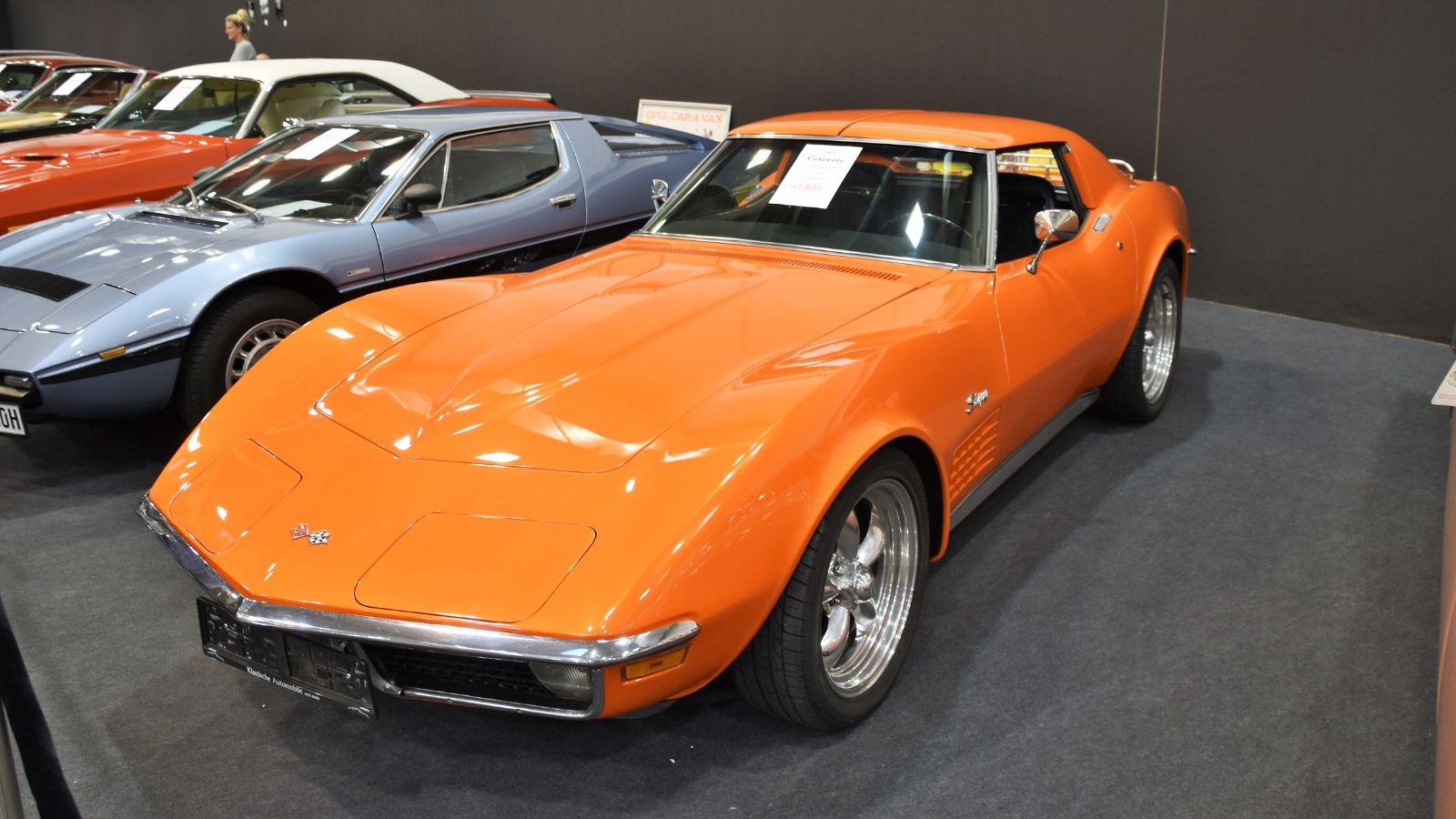
The third generation Corvette Stingray was inspired by concept cars and designed to look futuristic, but some thought it went too far. Its exaggerated curves and pinched waist gave it a cartoonish silhouette compared to the clean C2 it replaced. The interior was just as polarizing, with a busy dashboard full of buttons and gauges scattered across multiple planes. Over time, the C3 gained a following for its drama and presence, but when it first hit the streets, critics were not sure if it was more toy than sports car.
Plymouth Superbird (1970)
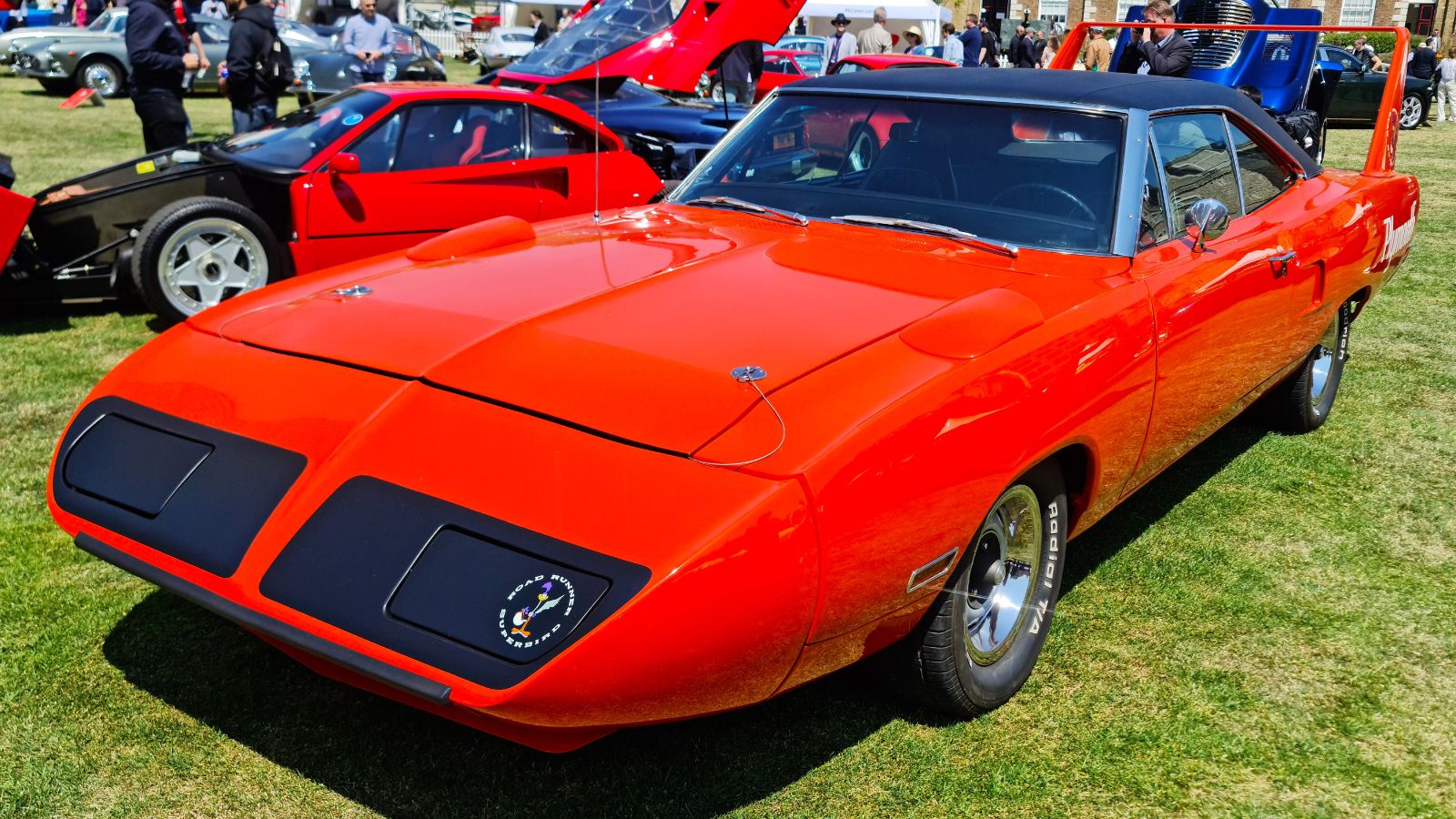
The Plymouth Superbird was essentially a road-legal NASCAR racer. Like its Dodge Daytona sibling, it sported a giant rear wing and pointed nose designed for aerodynamics. While enthusiasts today revere it for its rarity and performance, in 1970 buyers found it bizarre. Many languished unsold, with some dealers chopping off the wings to make them easier to move. The Superbird has since become one of the most valuable Mopars in history, but its styling remains one of the most divisive of the muscle era.
Lincoln Continental Mark IV (1972–1976)
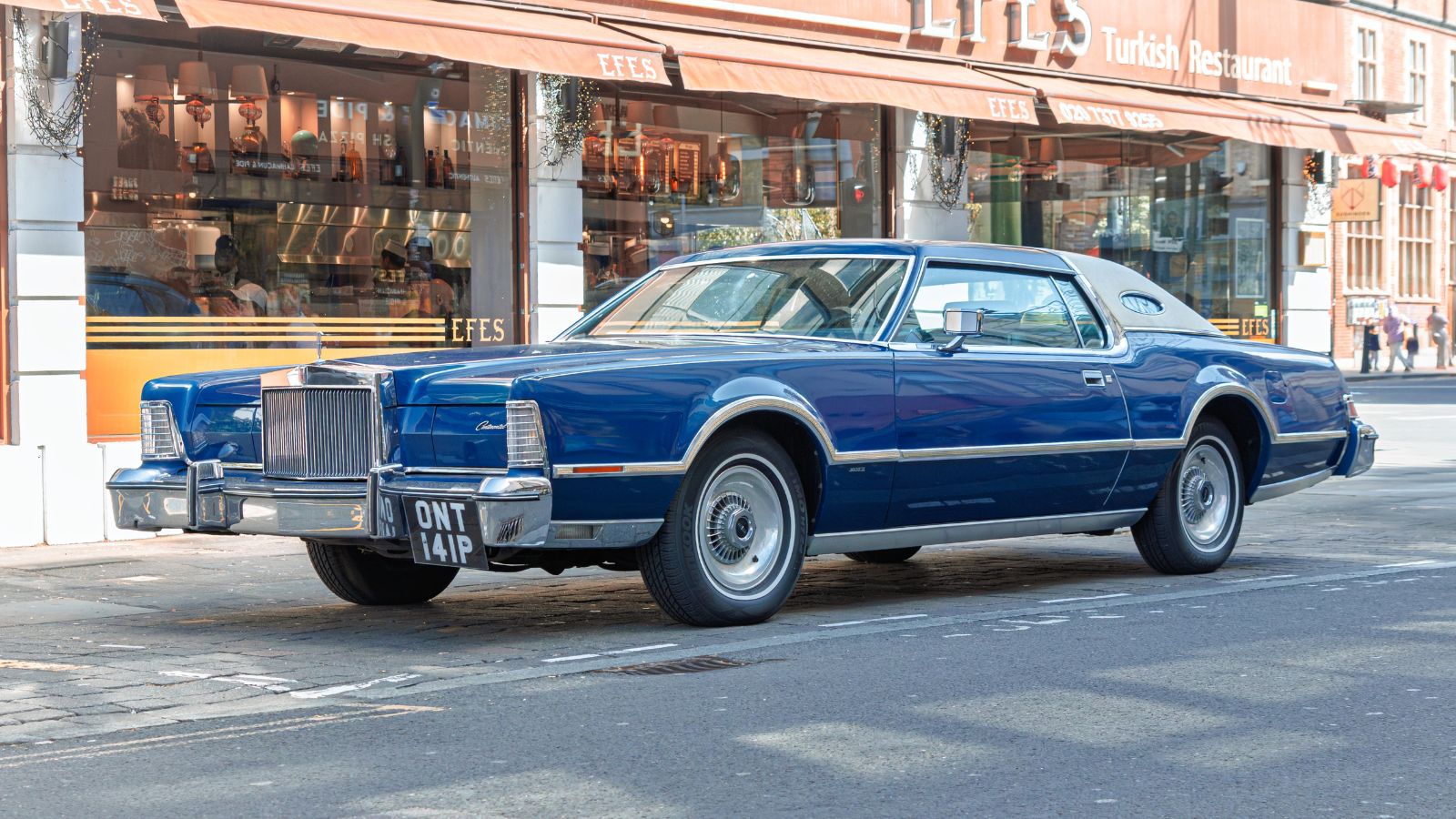
The Mark IV was peak 1970s luxury excess. With opera windows, vinyl roofs, and an enormous hood, it screamed status. But critics pointed out that it looked more like a caricature of luxury than true elegance. Heavy chrome trim and awkwardly bulky proportions made it feel less sophisticated than its European rivals. At the time, buyers who wanted flash loved it, but design purists saw it as tacky. Today it stands as a symbol of how 70s luxury leaned more toward excess than restraint.
AMC Matador Coupe (1974–1978)
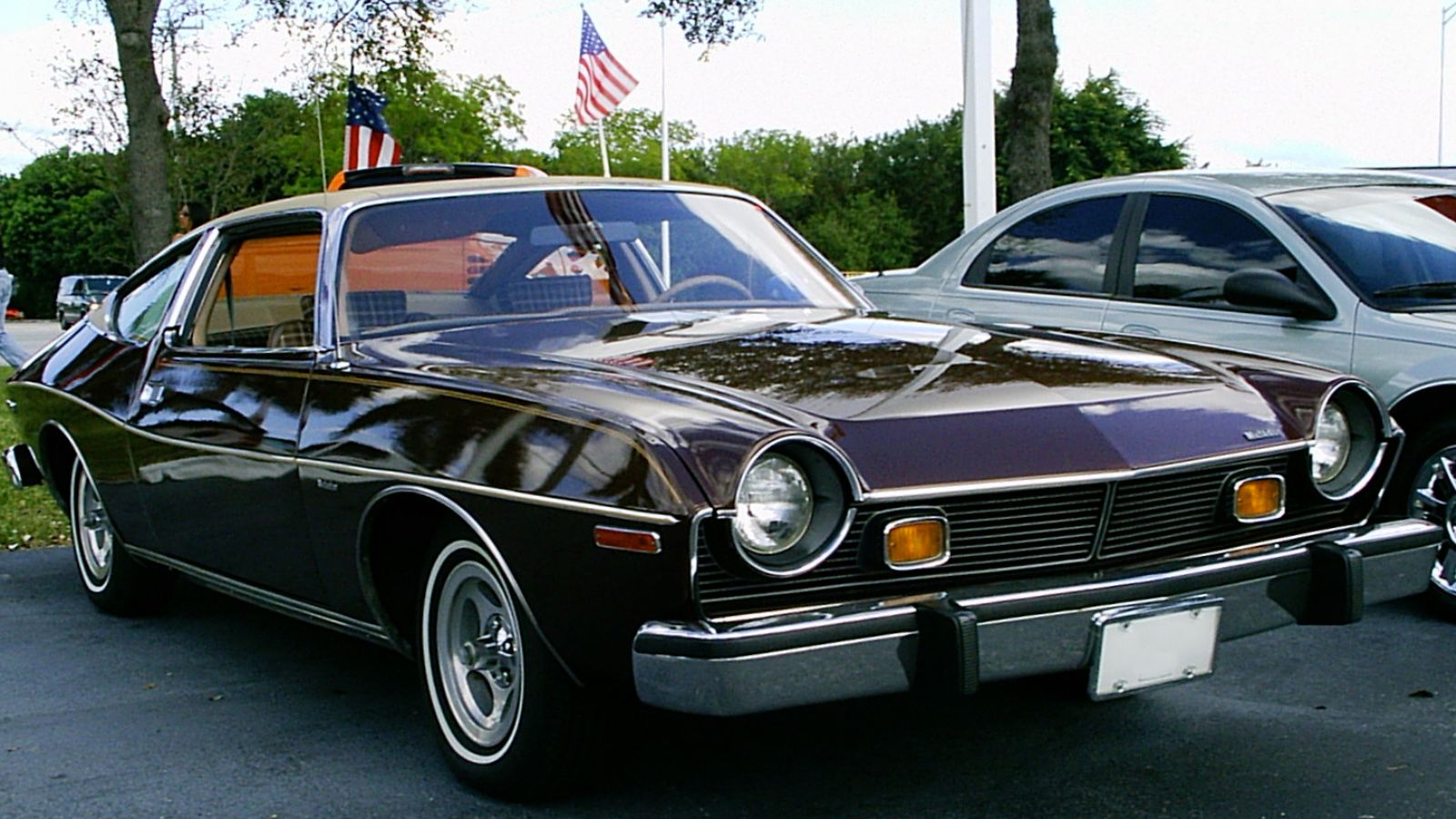
AMC was never afraid to push boundaries, but the Matador Coupe might have pushed too far. Its bulging sides, drooping front end, and unusual proportions made it unlike anything else on the market. AMC pitched it as sporty and futuristic, but many buyers found it odd. The design was so polarizing that even contemporary reviews called it “love it or hate it.” While it has since earned a reputation as one of AMC’s boldest moves, its looks never won mainstream approval.
Ford Mustang II (1974–1978)

The original Mustang was an instant classic, but the Mustang II was a product of the fuel crisis and changing market. Built on Pinto underpinnings, it was smaller, less powerful, and visually less exciting. The design lacked the muscle car attitude of the first generation, leaving enthusiasts disappointed. While it sold well during its time, largely due to its fuel efficiency, it has gone down in history as one of the least loved Mustangs. Today it is often cited as an example of how the 70s reshaped even iconic models.
Cadillac Eldorado (1971–1978)

The Eldorado of the early 70s was enormous, with proportions that bordered on absurd. Its hood seemed to stretch forever, its chrome trim was excessive, and its opera windows made it look almost theatrical. Cadillac buyers at the time loved its grandeur, but design critics saw it as gaudy. Today, the Eldorado from this era is remembered as a rolling symbol of American automotive excess—a car that prized size and flash over elegance and restraint.
Bricklin SV-1 (1974–1975)
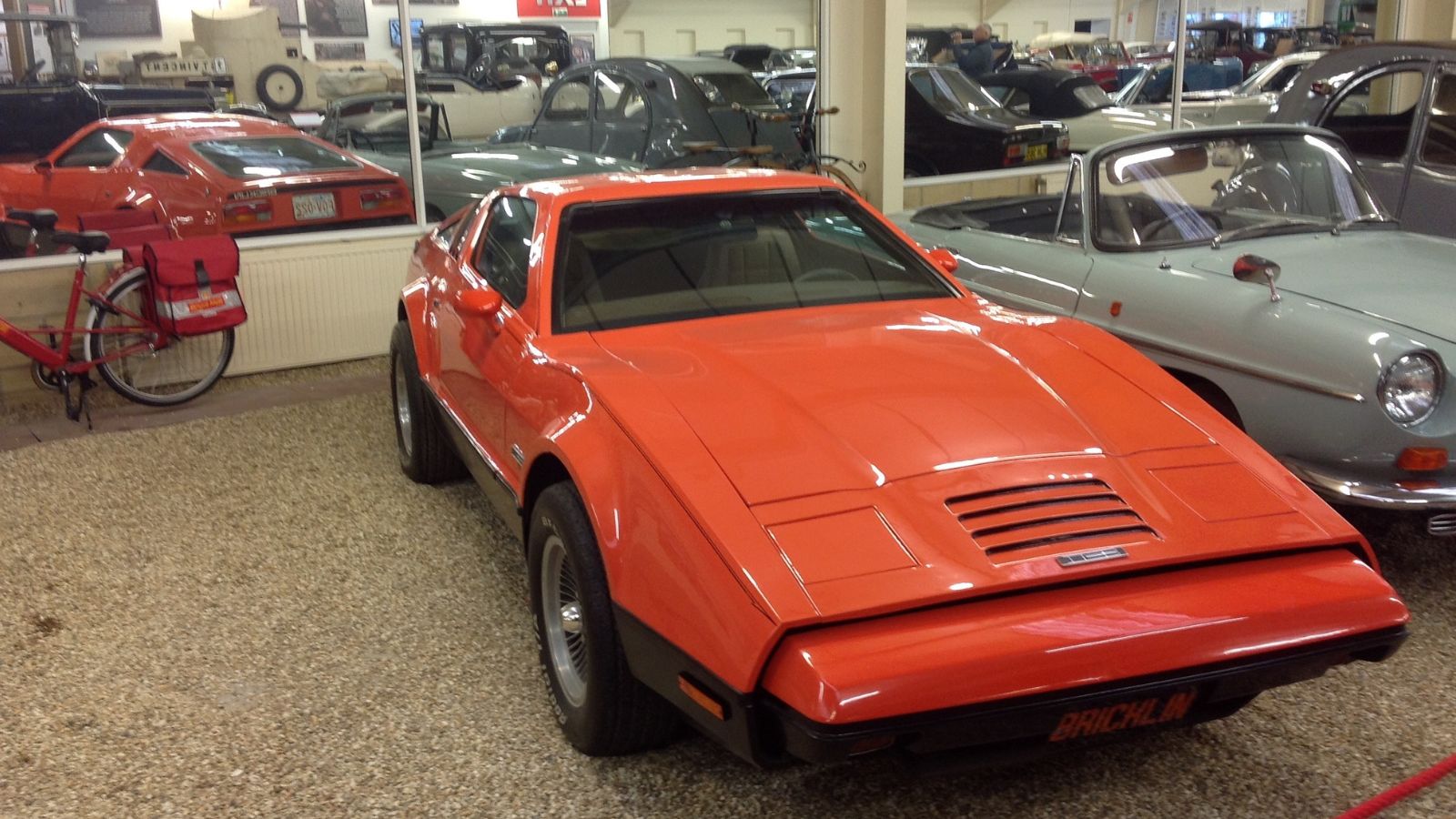
Canada’s Bricklin SV-1 was billed as a safety sports car, but its design raised eyebrows. Its gullwing doors looked great on paper but often failed mechanically. The bulky bumpers, mandated by its safety focus, ruined its proportions. Compared to sleek sports cars of the time, the Bricklin looked clumsy and unfinished. Despite its good intentions, the SV-1 was a commercial failure, lasting only two years. Today, it remains a fascinating oddity rather than a design triumph.
25 Facts About Car Loans That Most Drivers Don’t Realize

Car loans are one of the most common ways people fund car purchases. Like any other kind of loan, car loans can have certain features that can be regarded as an advantage or a disadvantage to the borrower. Understanding all essential facts about car loans and how they work to ensure that you get the best deal for your financial situation is essential. Here are 25 shocking facts about car loans that most drivers don’t realize:
25 Facts About Car Loans That Most Drivers Don’t Realize
